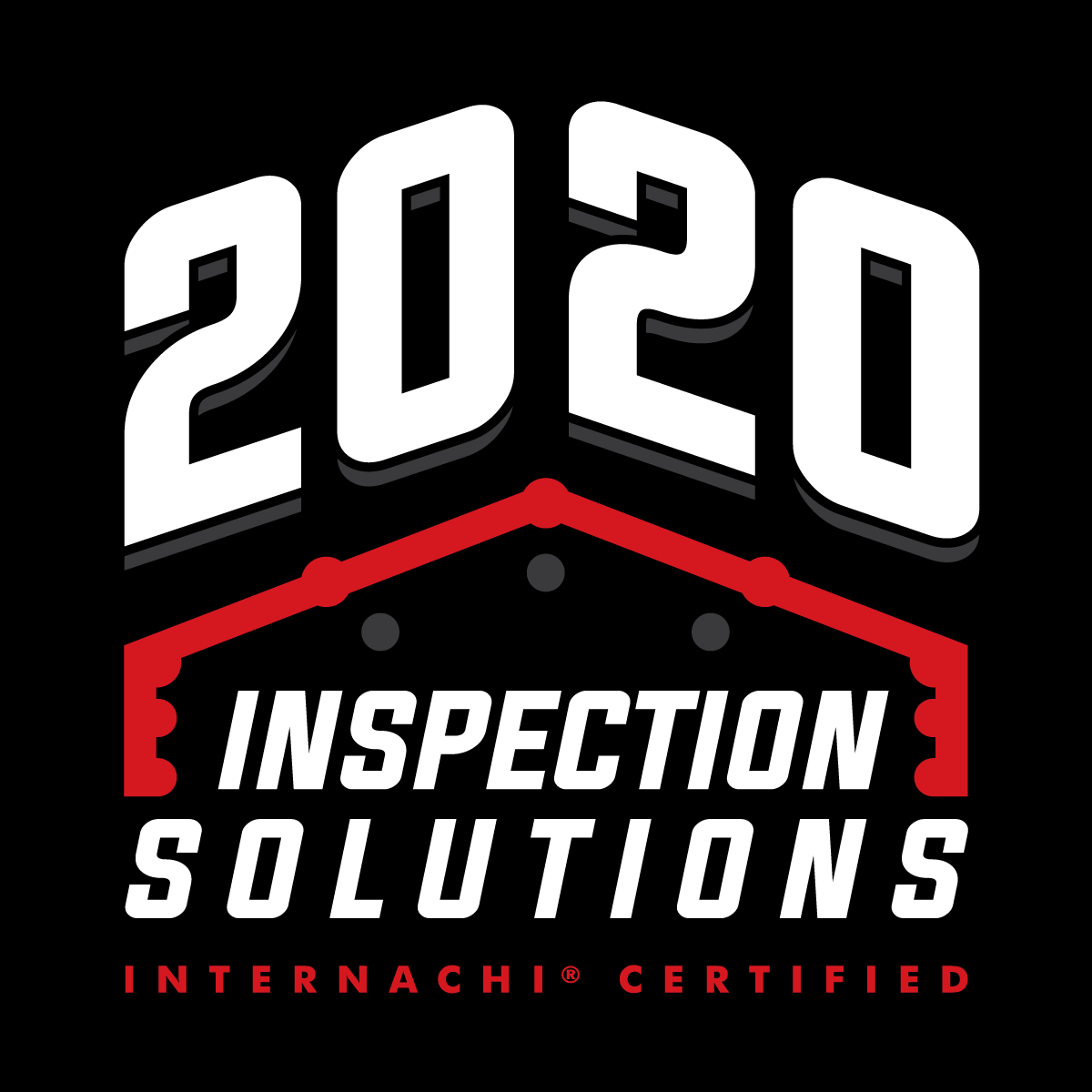What is a Four Point Inspection
A four point is an inspection that is required by insurance companies. This inspection verifies the age and condition of the
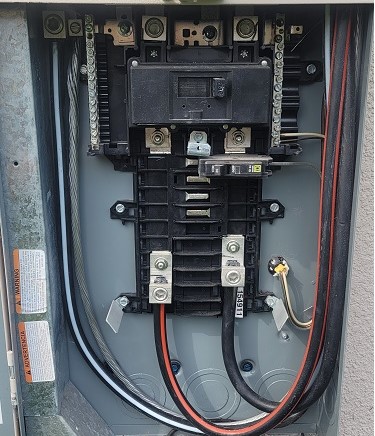
Electrical
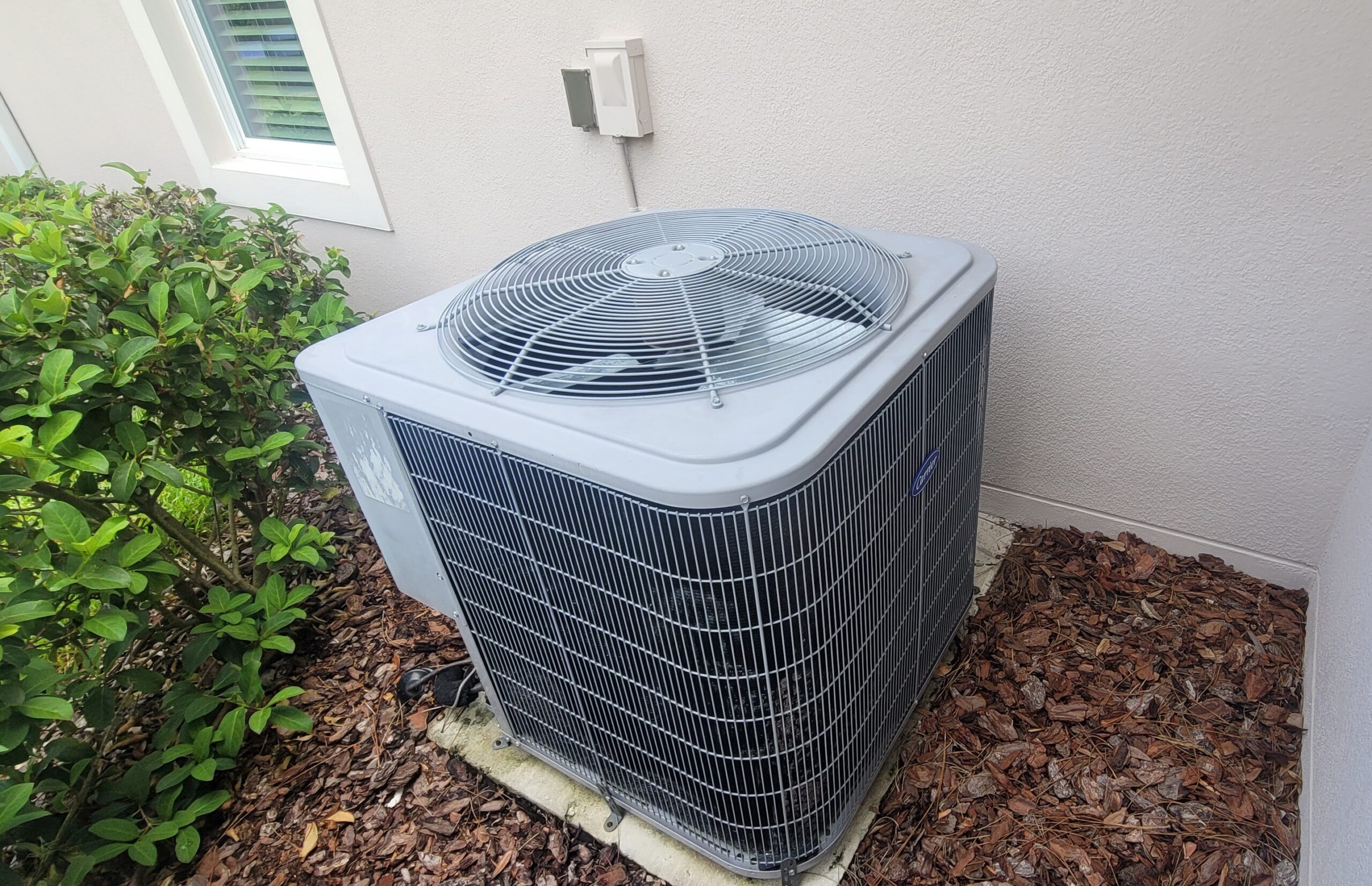
HVAC
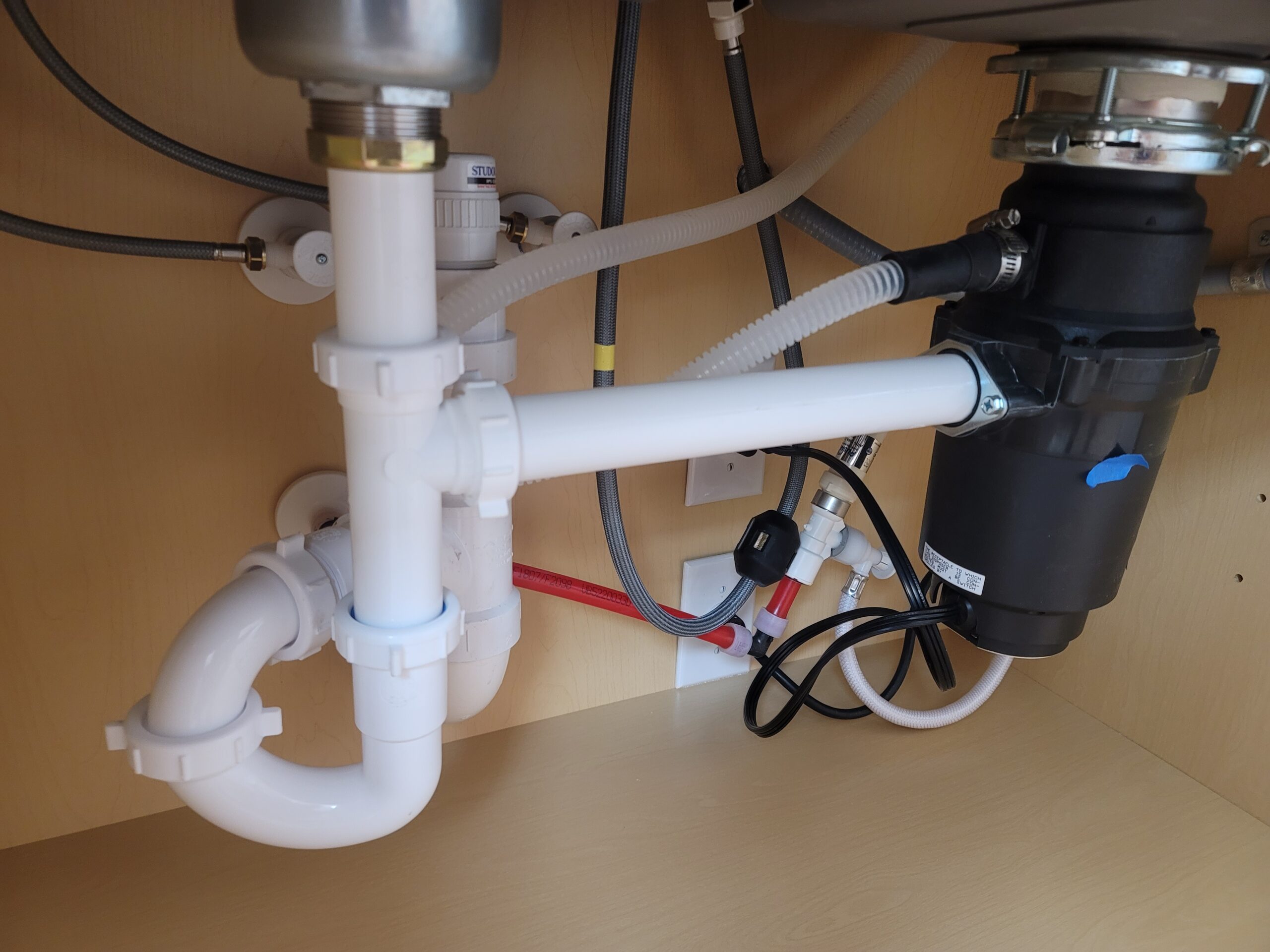
Plumbing

Roof
This inspection tells the insurance company how much of a risk they may be taking by insuring the home. The requirements of a four point inspection can vary from different insurance companies however of a home is older than 20 years then a four point inspection is typically required.
All inspection reports come with permit records that are required by insurance companies.
Who Needs a Four Point Inspection?
-
- Almost every home buyer purchasing a home will need a four point
- Homeowners who are renewing their annual insurance policy
- Homeowners that are changing insurance companies
- Homeowners who have made upgrades to the home may benefit from a four point
Who Does Not Need a Four Point Inspection?
-
- New construction homes are typically not required to have a four point inspection
- Homeowners who already have a policy in place with a valid four point report on file with the insurance company will not benefit from a four point inspection
So Where Do We Inspect for a Four Point?
During a 4 Point inspection we will need access to inspect and photograph the following:
Dwelling:
Each side of the home
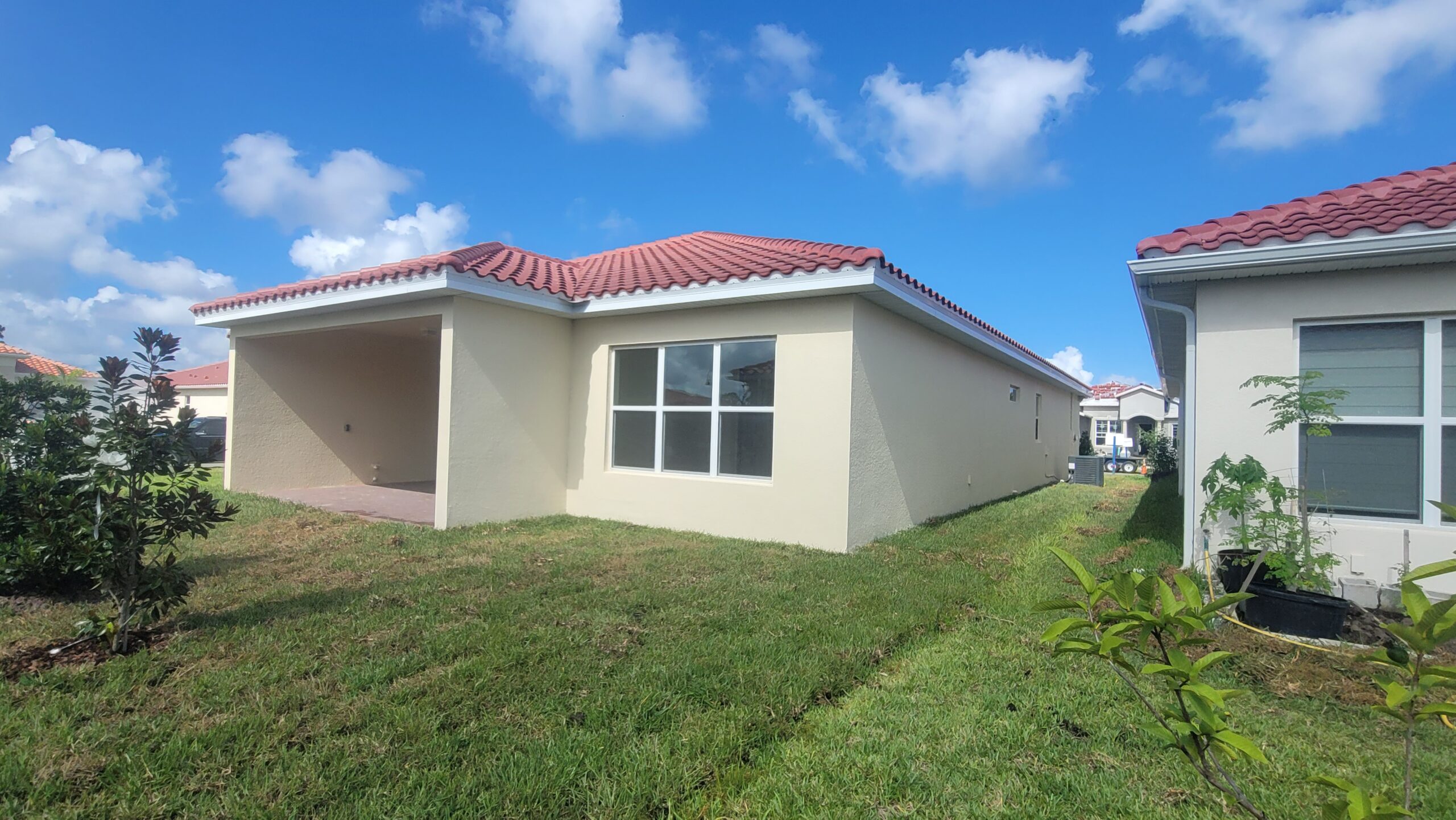
Roof:
Each slope
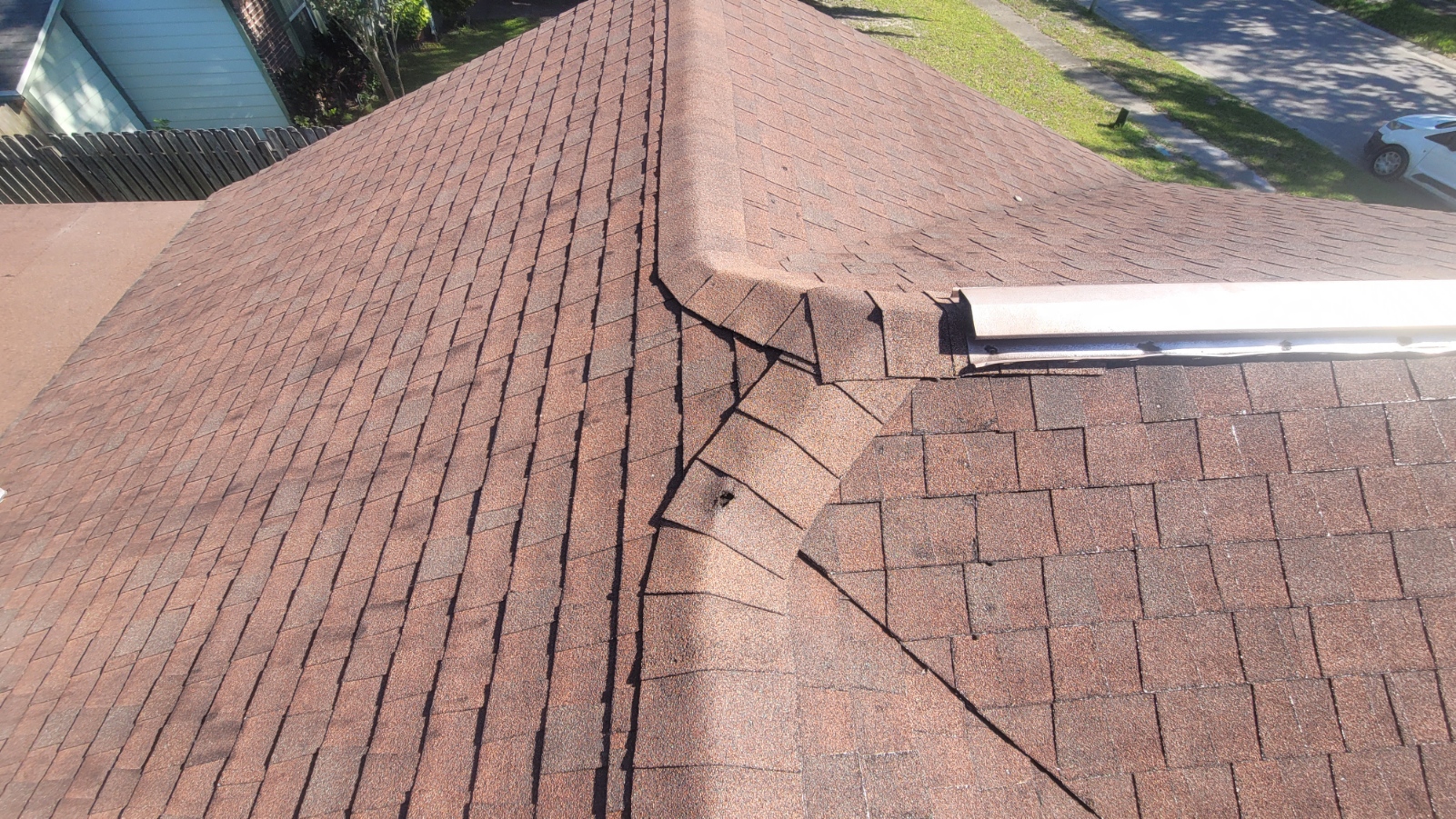
HVAC:
interior and exterior unit with data labels
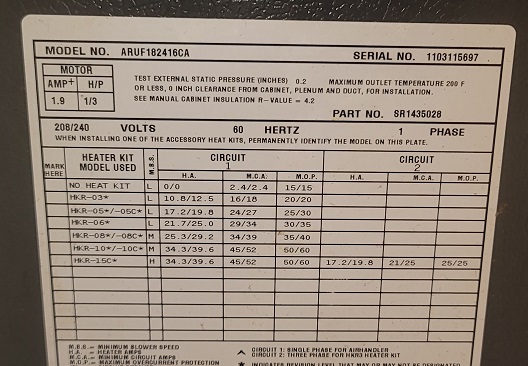
Plumbing:
Water heater, under kitchen and bath cabinets plumbing/drains, water supply valves, wash machine connections, refrigerator connections,
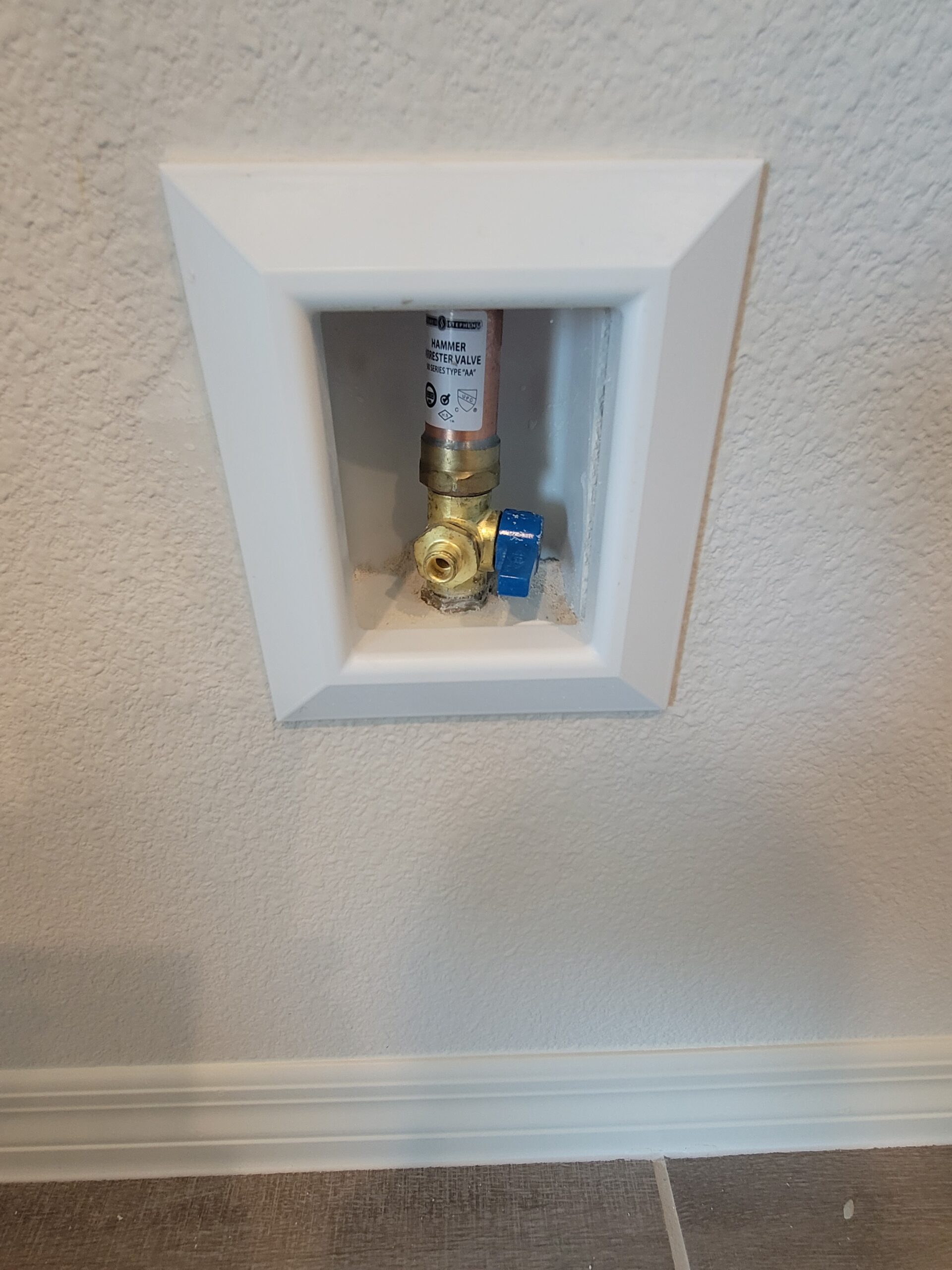
Electrical:
Main and Sub (interior and exterior) electrical service panel with interior door label and cover removed
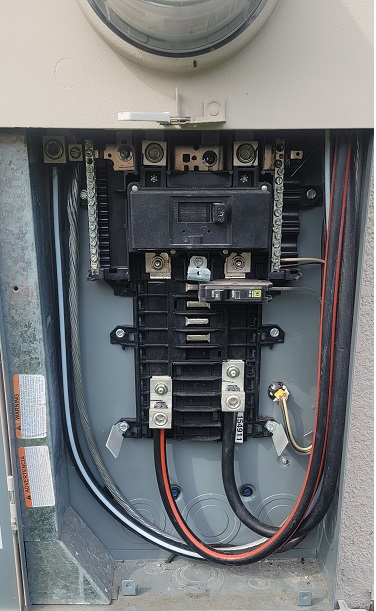
All hazards or deficiencies in each of these categories
The Four Point Inspection Form
We will go over the four categories on the four point form here.
Electrical
In the electrical section we will take photos of the panel with the cover removed and installed. The panel amperage capacity, brand, age, and types of wire wiring are recorded. The following items may be an issue with insurance companies if found during a four point inspection:
Cloth Wiring-
this type of wiring is usually found on homes built from 1920 to 1975
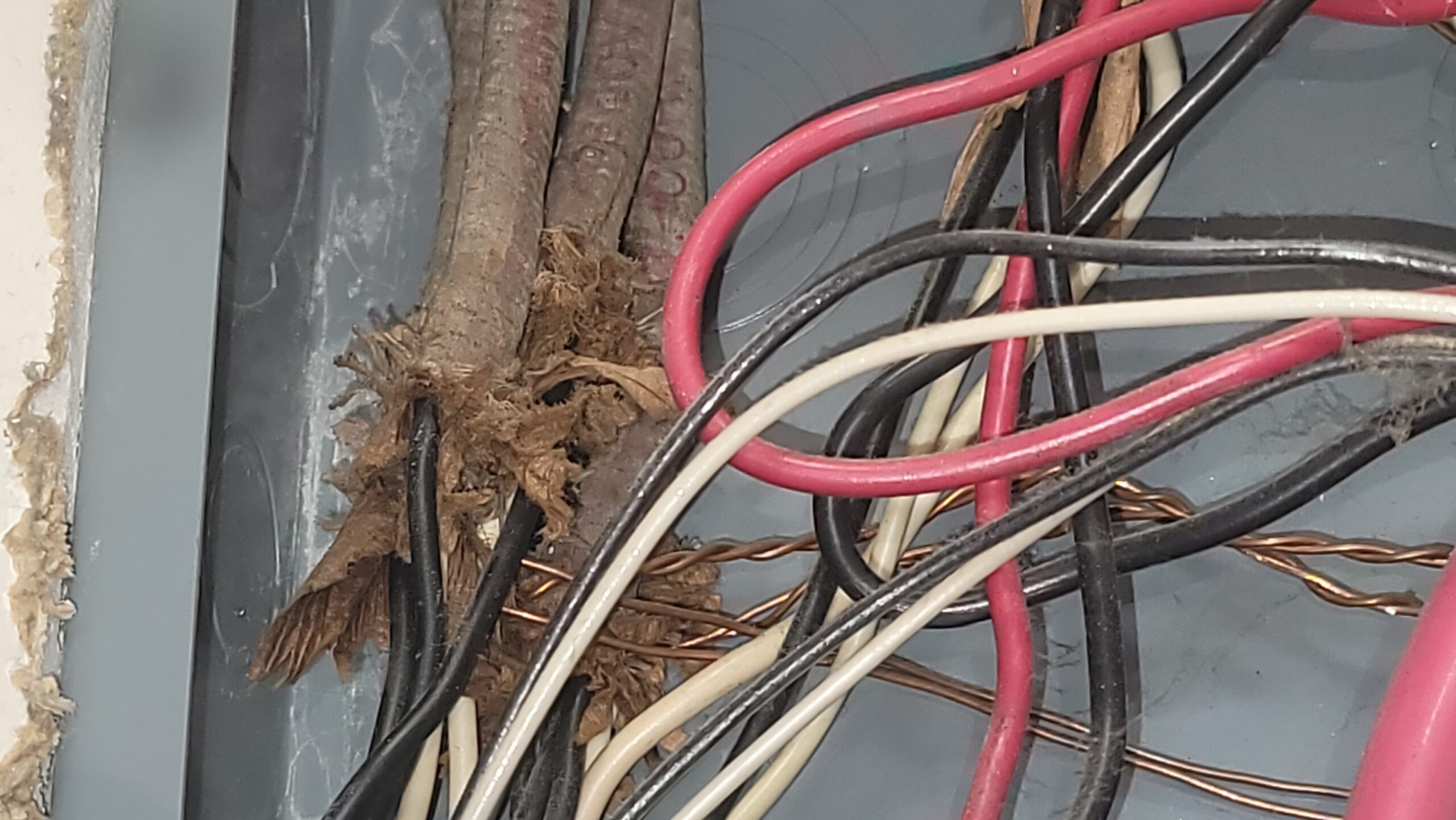
Active knob and tube wiring-
this type of wiring is usually found on homes built from 1920 to 1950
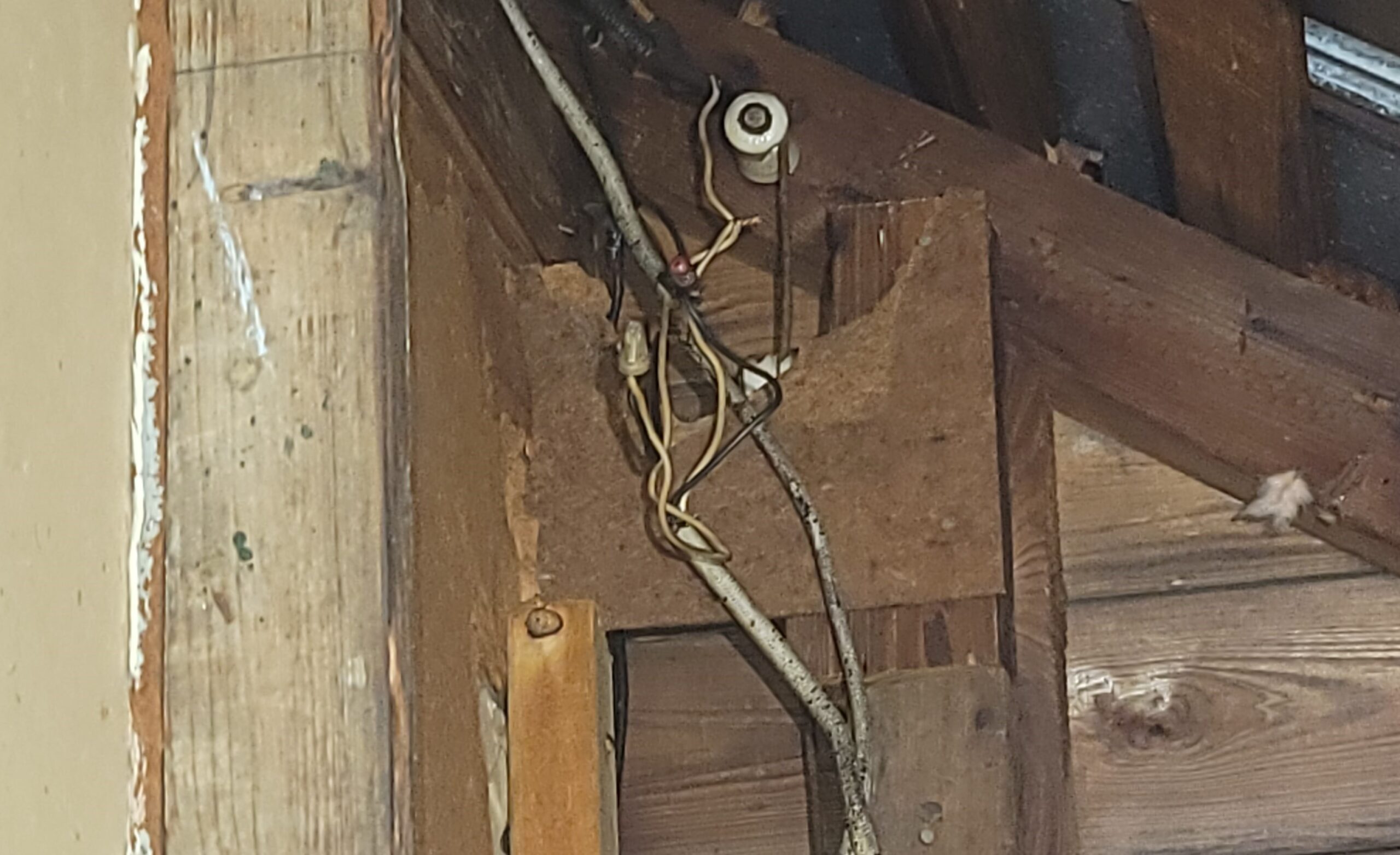
Aluminum Wiring (single strand)-
this type of wiring is usually found on home built from 1965-1972
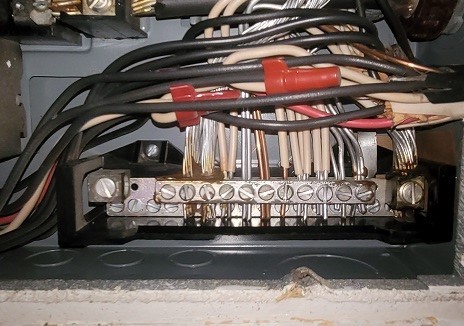
Damaged or incorrect size breakers
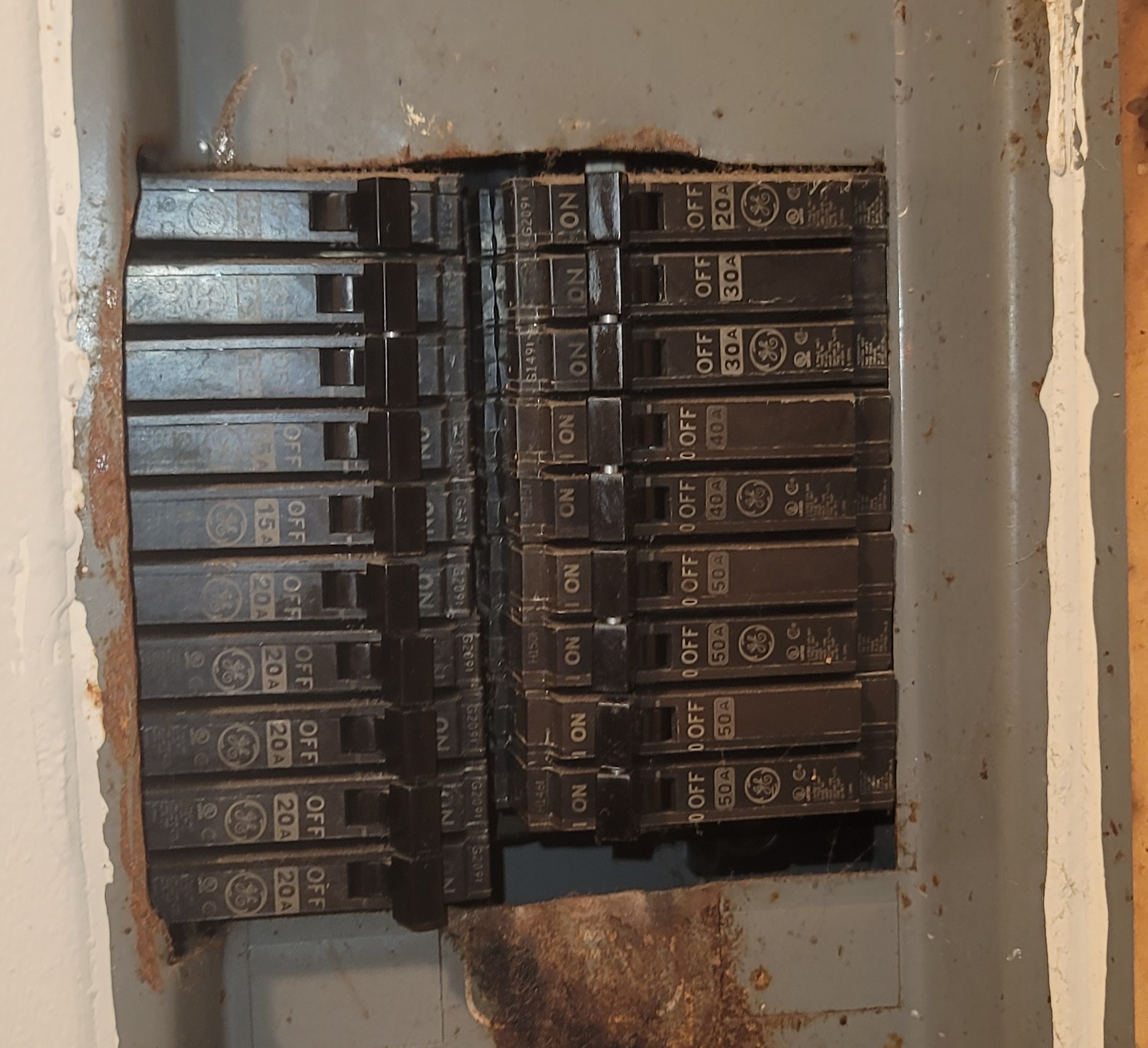
Exposed wiring
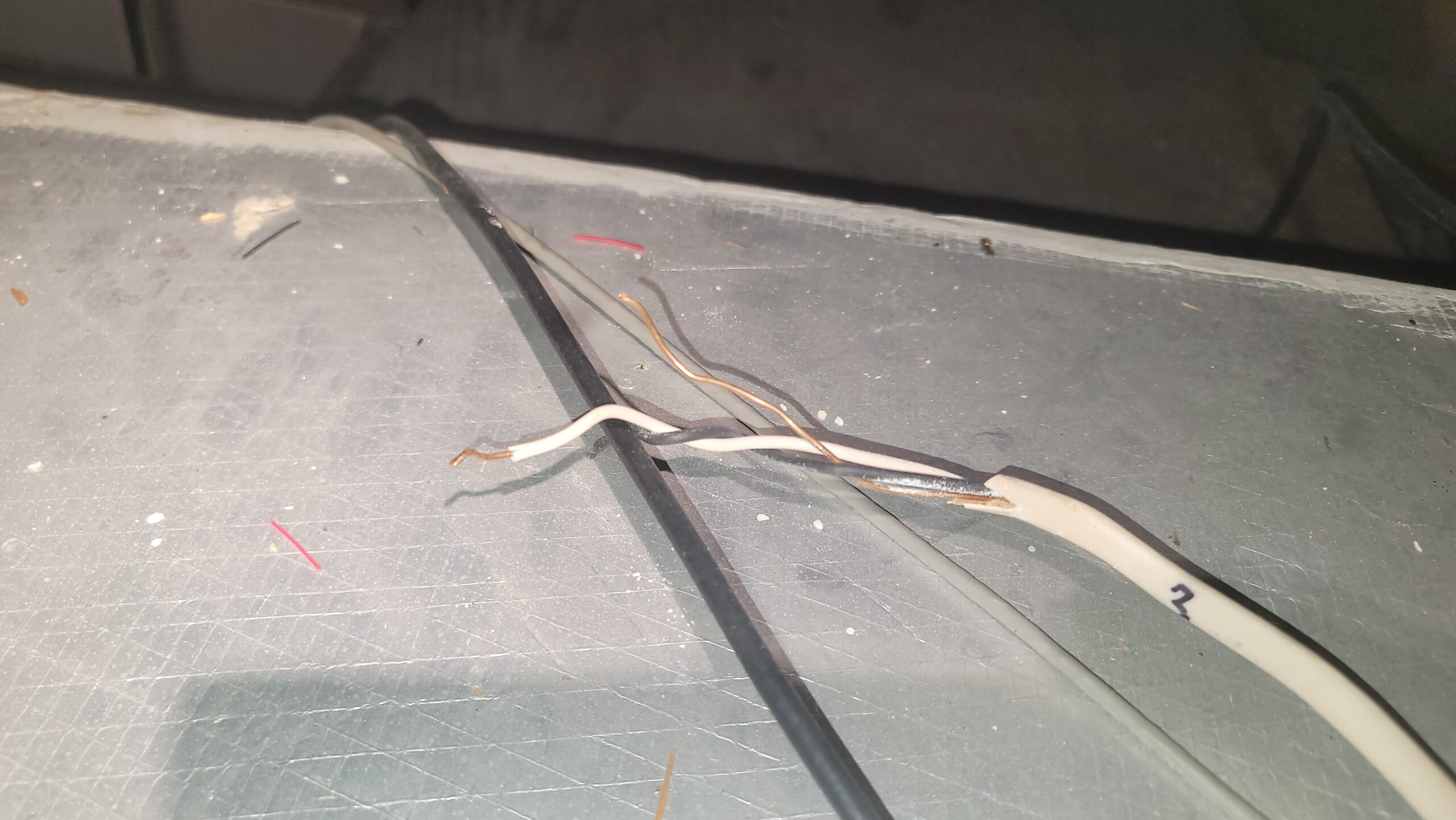
Double tapped breakers
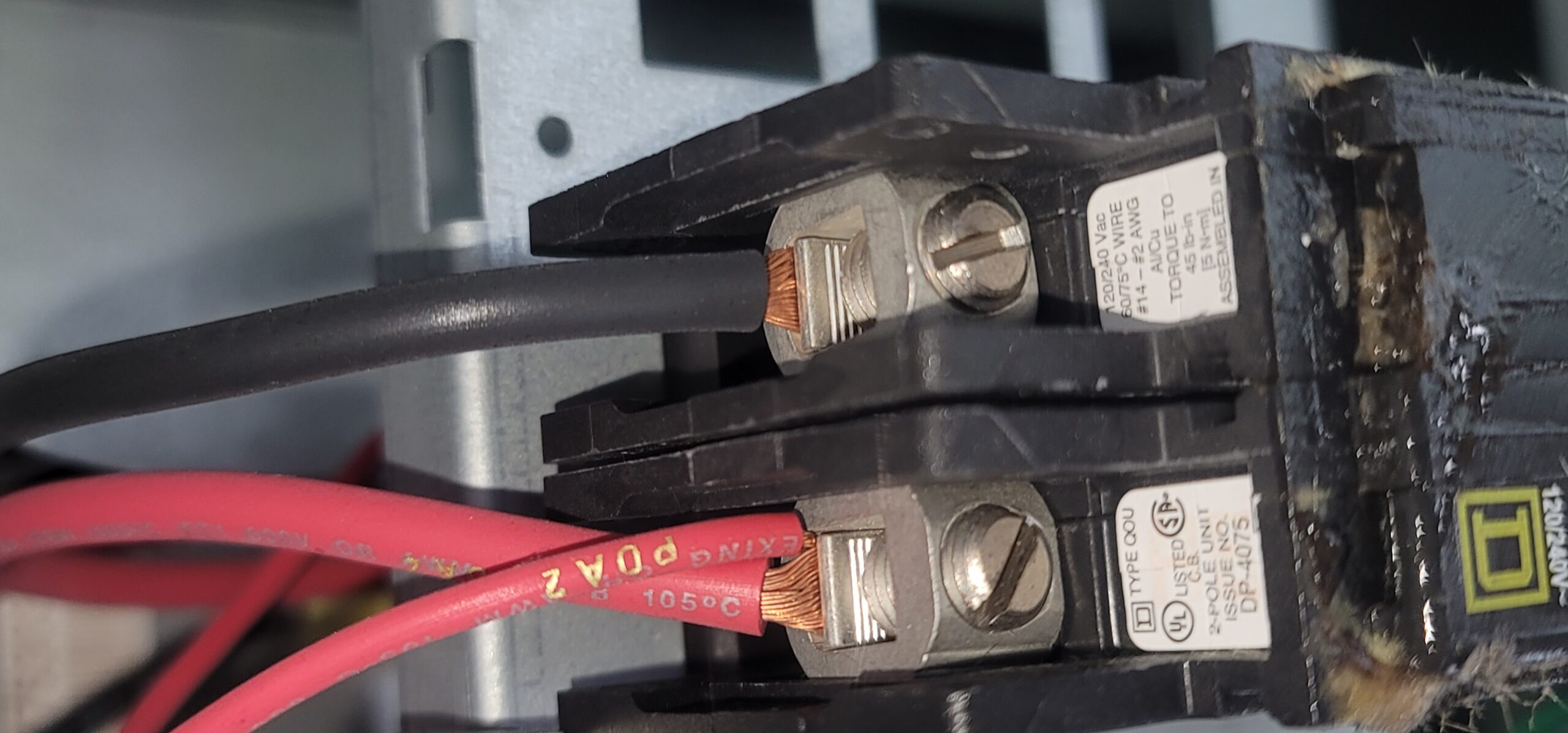
And any other unsafe deficiencies
Any of these issues found during the inspection will have to be repaired or replaced.
Known problematic brands of electrical panels will be an issues for insurance companies as well. The brands to be aware of are:
- Federal Pacific AKA FEP AKA STAB-LOK – this panel was produced from 1950 to 1980
- Zinsco – this brand was produced from 1960 to 1973
- Sylvania – this brand was produced from 1973 to 1982
- Challenger – this brand was produced from 1980 to 1995
If any of these electrical panels are found during the inspection they will likely need to be replaced.
HVAC
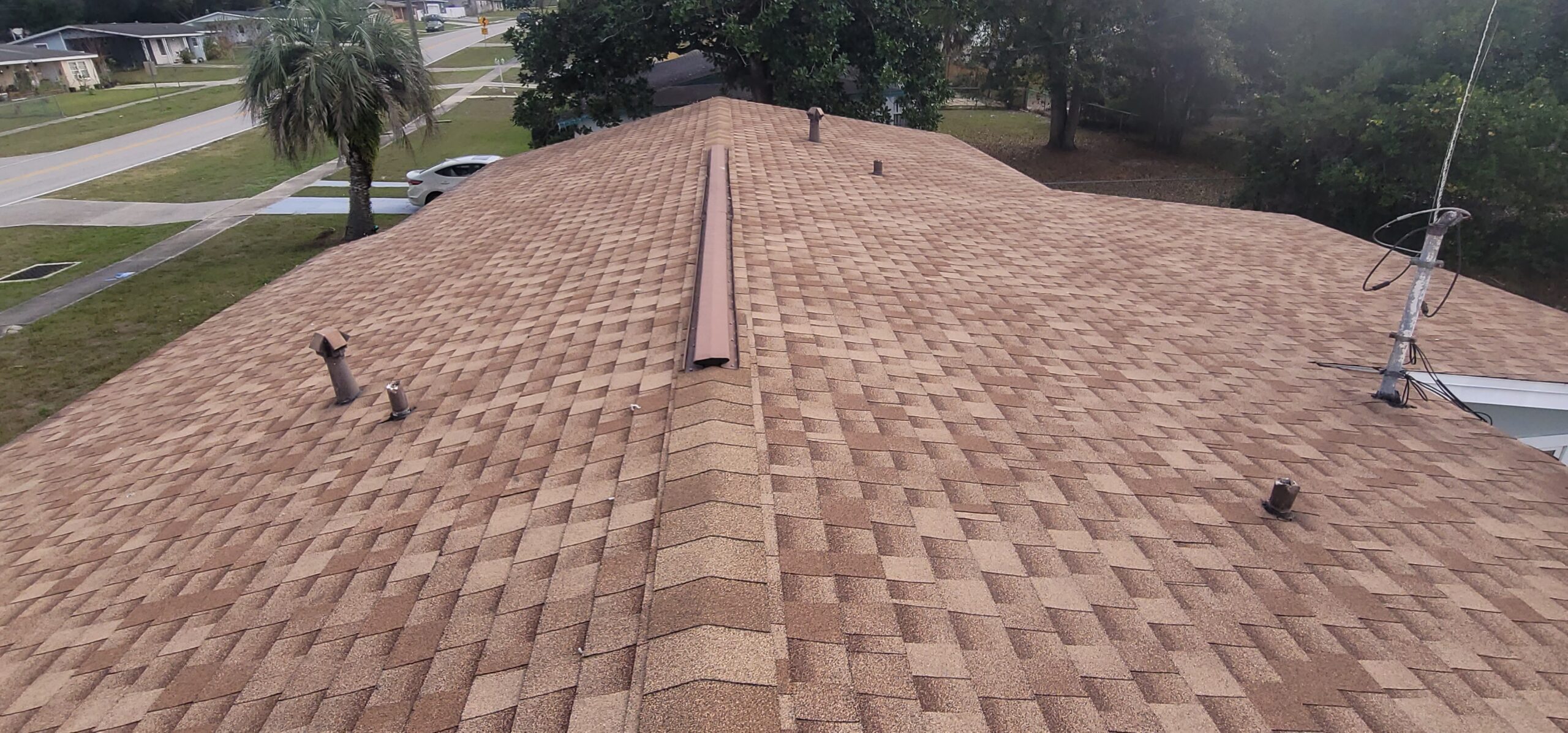
The HVAC section is fairly simple. The following items are inspected and reported on:
- Presence of a wood burning stove, gas fire place, or space heater
- Age and functionality of the unit
- Condensation drain line blockage or water damage around the unit
Plumbing
For the plumbing system we inspect and report on the following components:
Dishwasher and refrigerator
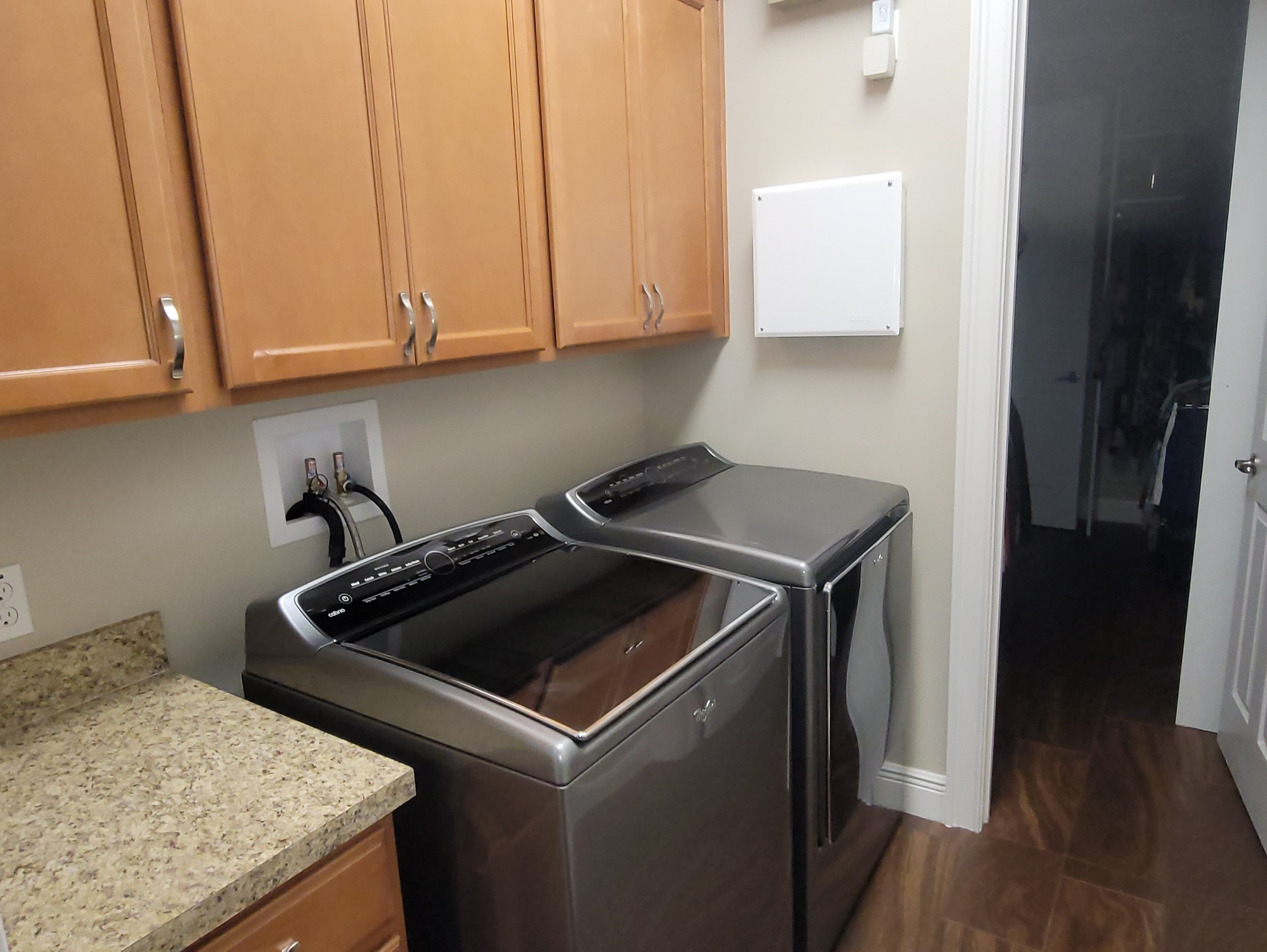
Under kitchen and bathroom sinks

Toilets and bathtubs
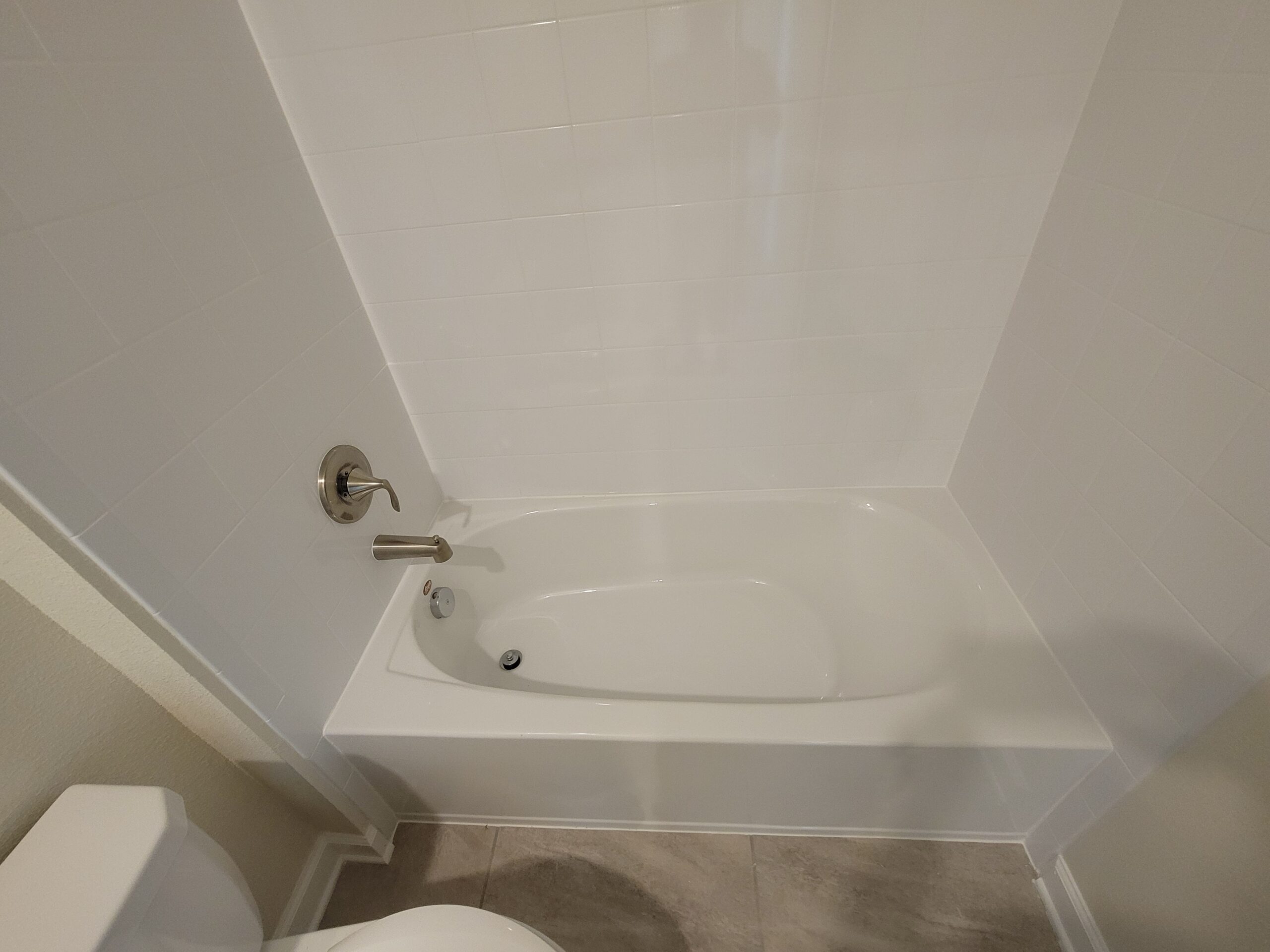
Wash machine connections
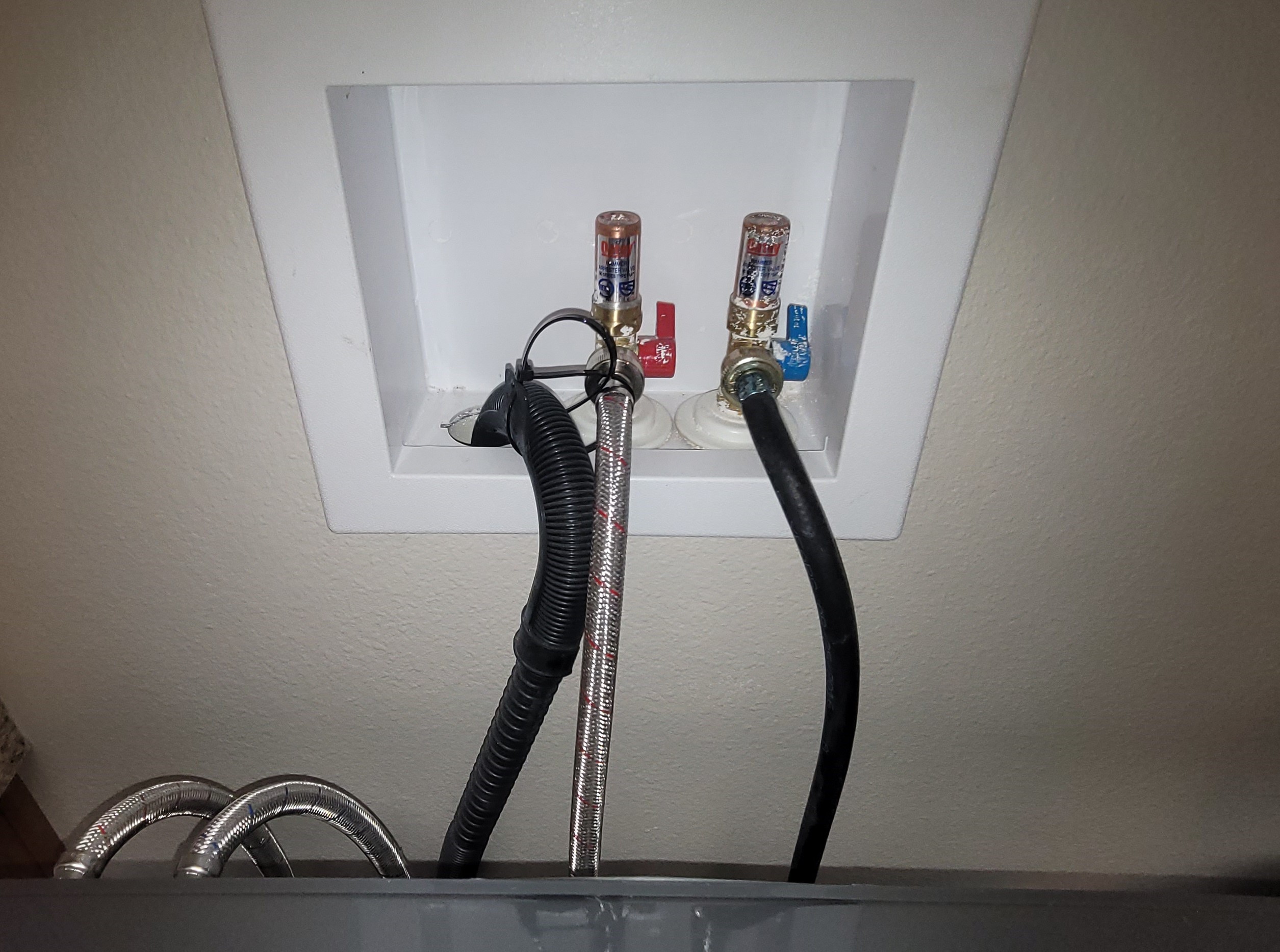
Water valves and sump pump
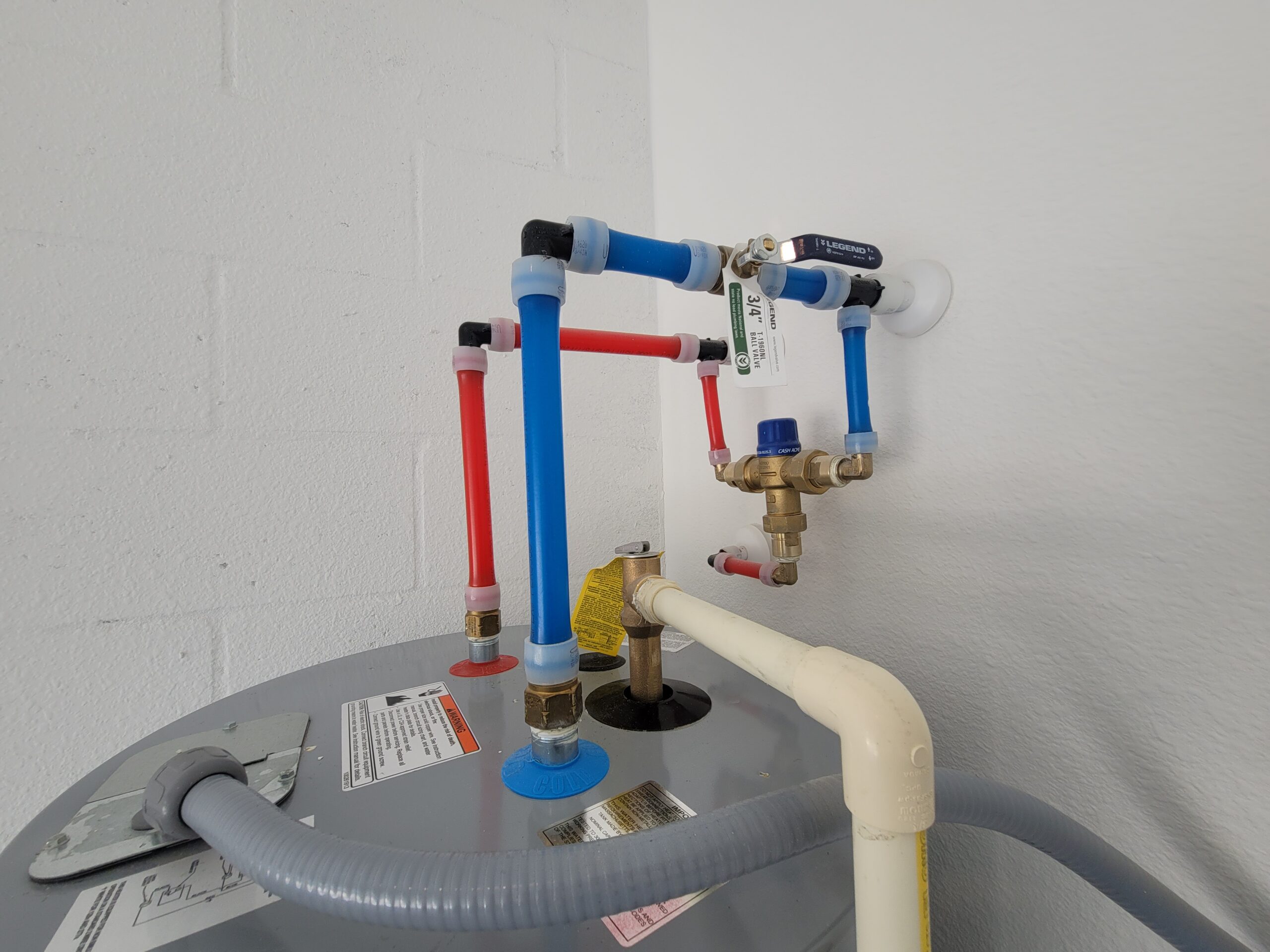
Age and type of piping

The water heater is the biggest component of the plumbing inspection. If the water heater is severely rusted, leaking, or simply old (greater than 20 years old) this will be an issue for the insurance company.
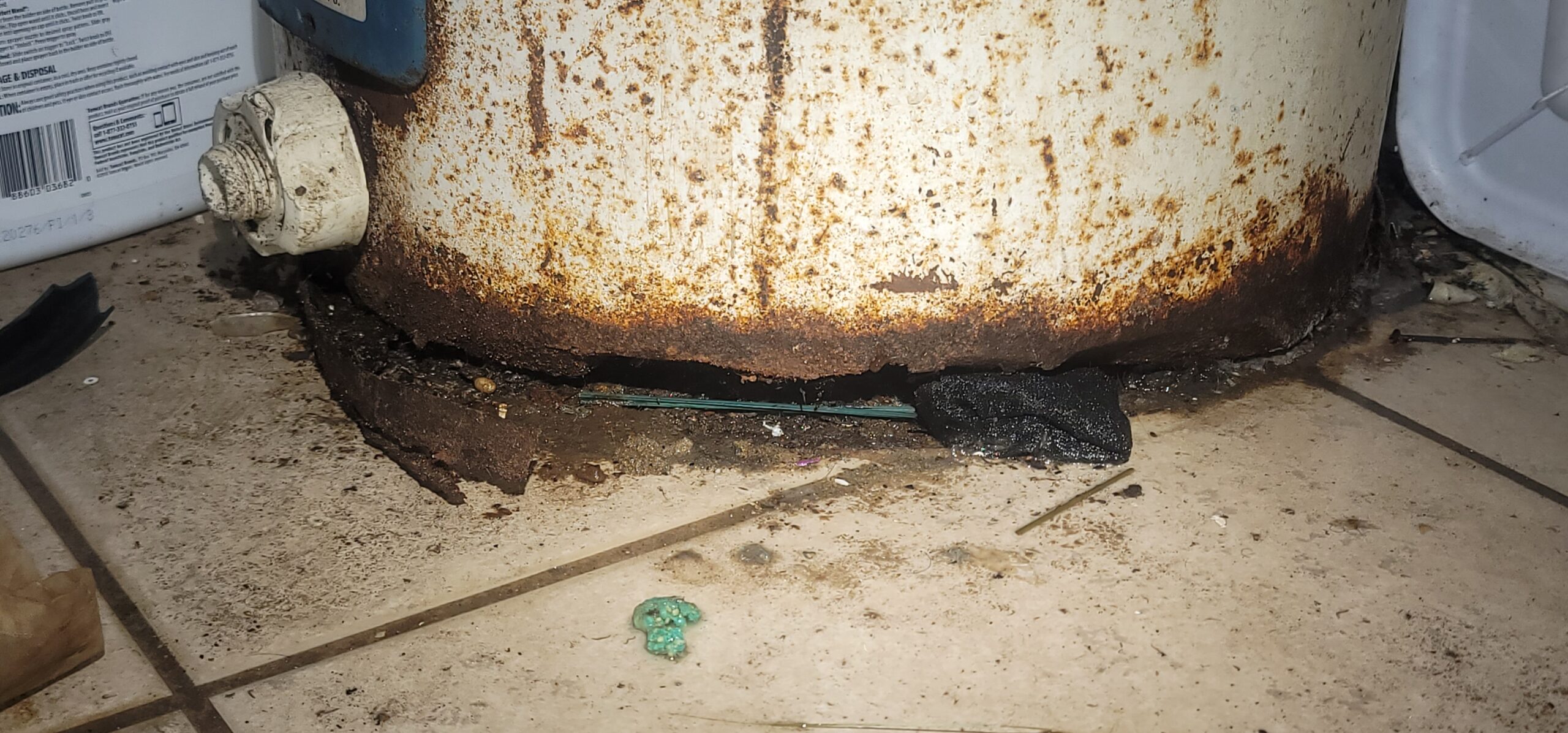
Water heaters that have a missing or damaged drain pan are a concern as well. If the water heater is in a location that would cause damage to the home if a leak occurred, then it should have a drain pan installed. Water heaters that are installed in a garage or other location that is not on the same floor level as the finished floor do not need a drain pan.
The water heater must have a pressure relief valve installed. The pressure relief valve must have a drainpipe that either 1. Extends to the floor within six inches OR 2. Terminates to the exterior of the home. The drainpipe must be made of an approved material that is ¾” in diameter. Typical materials are copper, PEX, and the most common and easiest to install….. CPVC

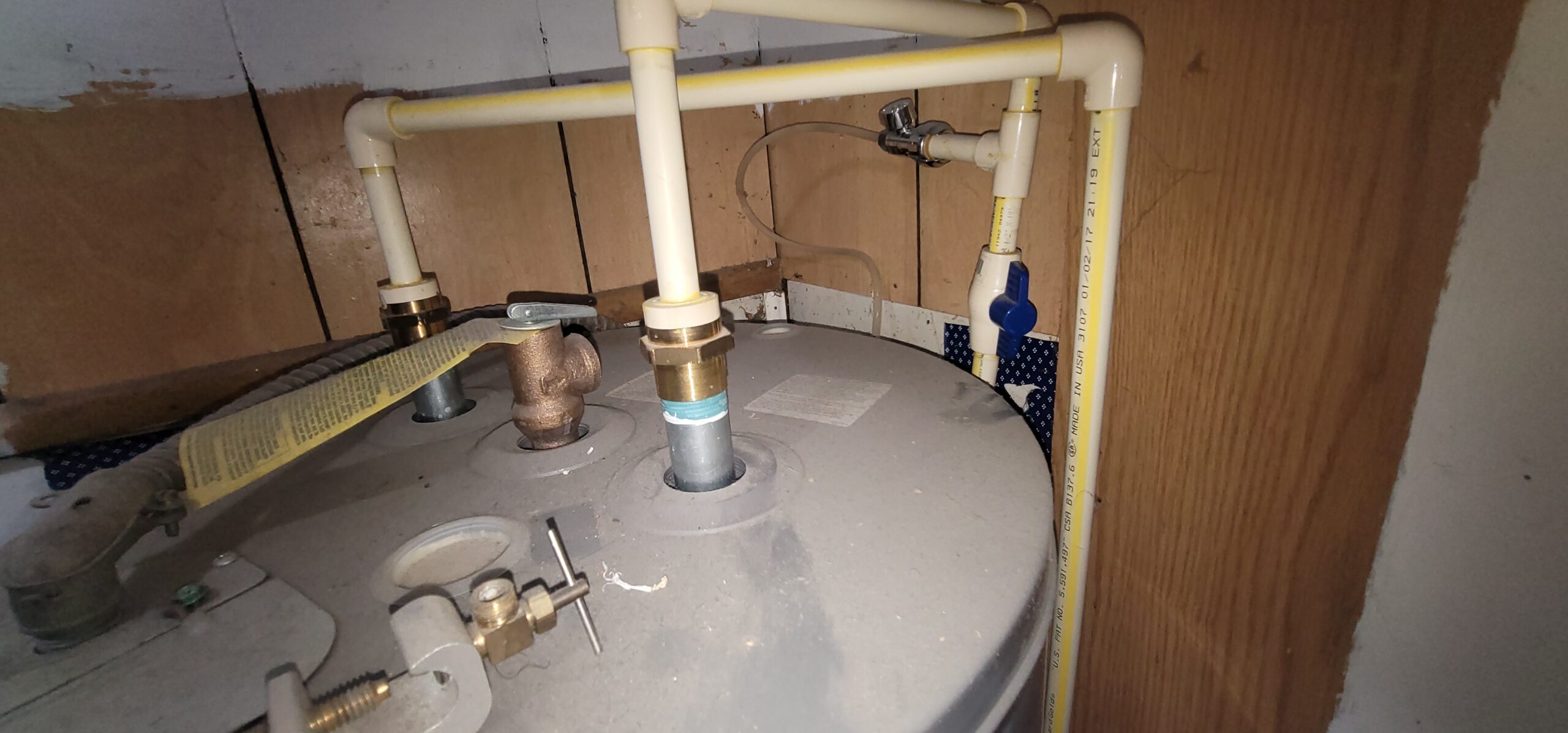
Most homes are plumbed with copper, PEX or CPVC. Some homes have polybutylene plumbing pipes. Polybutylene is a problematic pipe known for causing major damage to homes due to leaks. Polybutylene was manufactured and available to home builders from 1978 to 1996. If polybutylene is found during the inspection this will be an issue with insurance companies.
Roof
For the roof section the following is inspected and reported
Type of roof covering
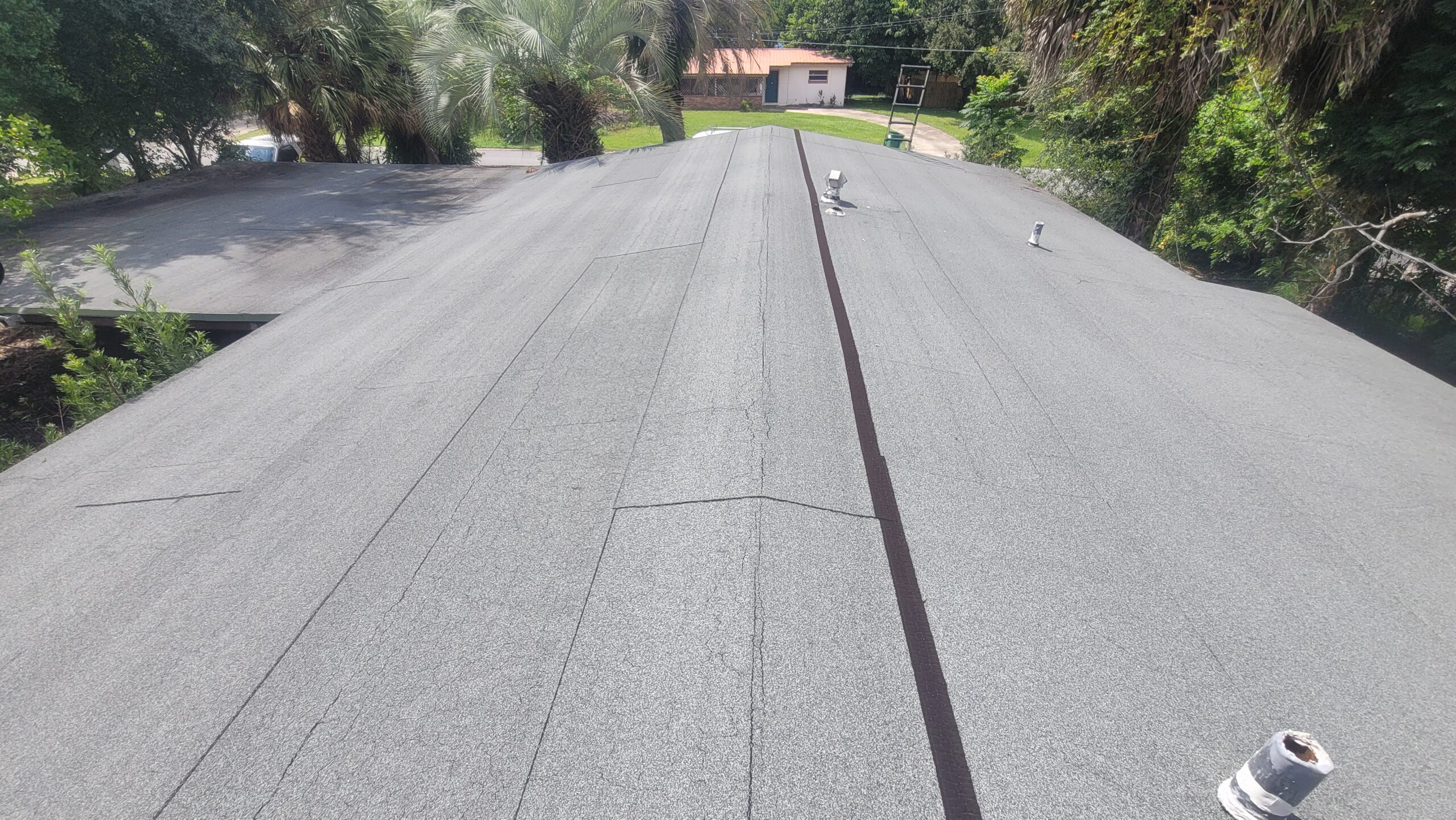
3 tab

Architectural
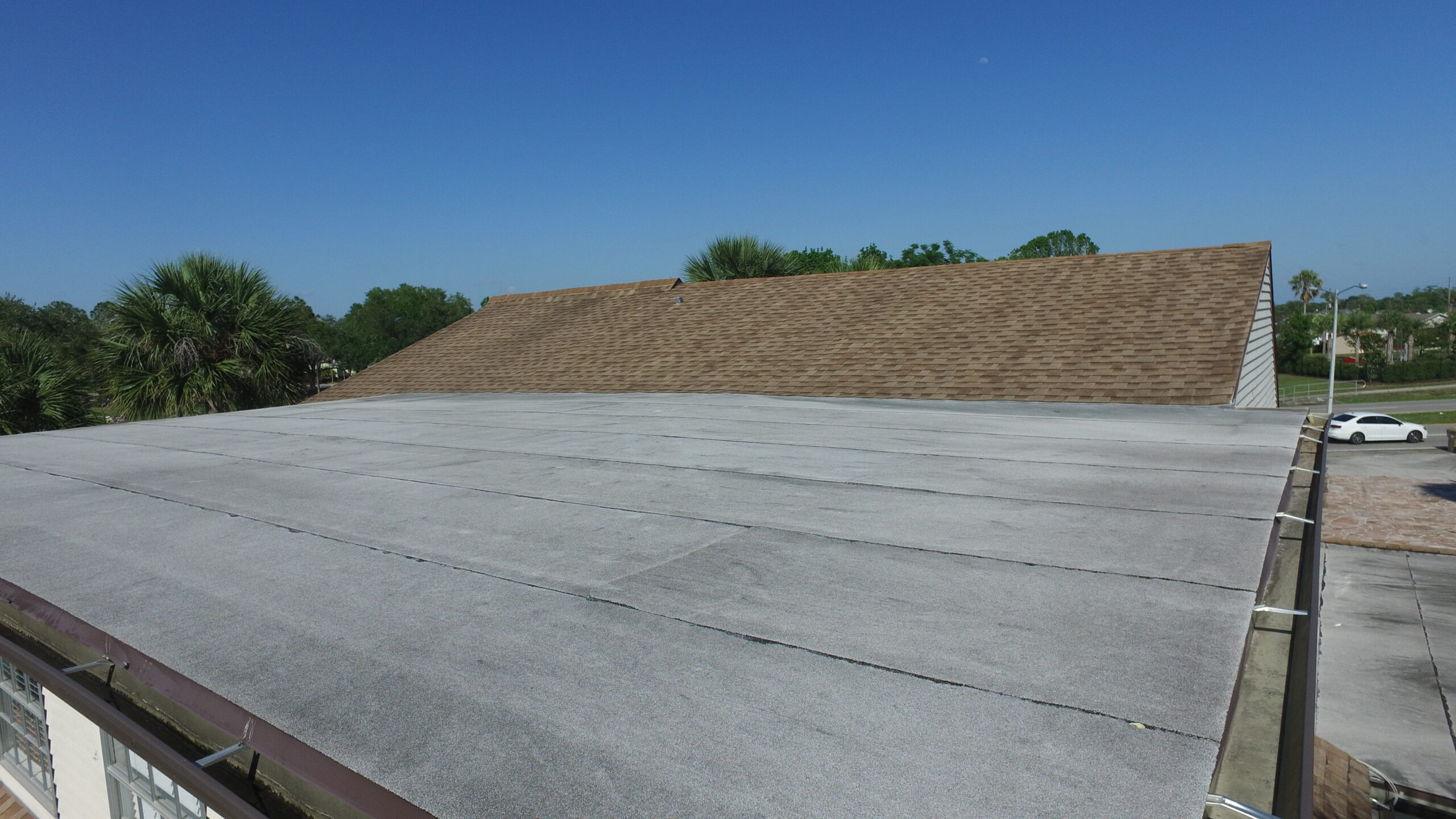
Rolled
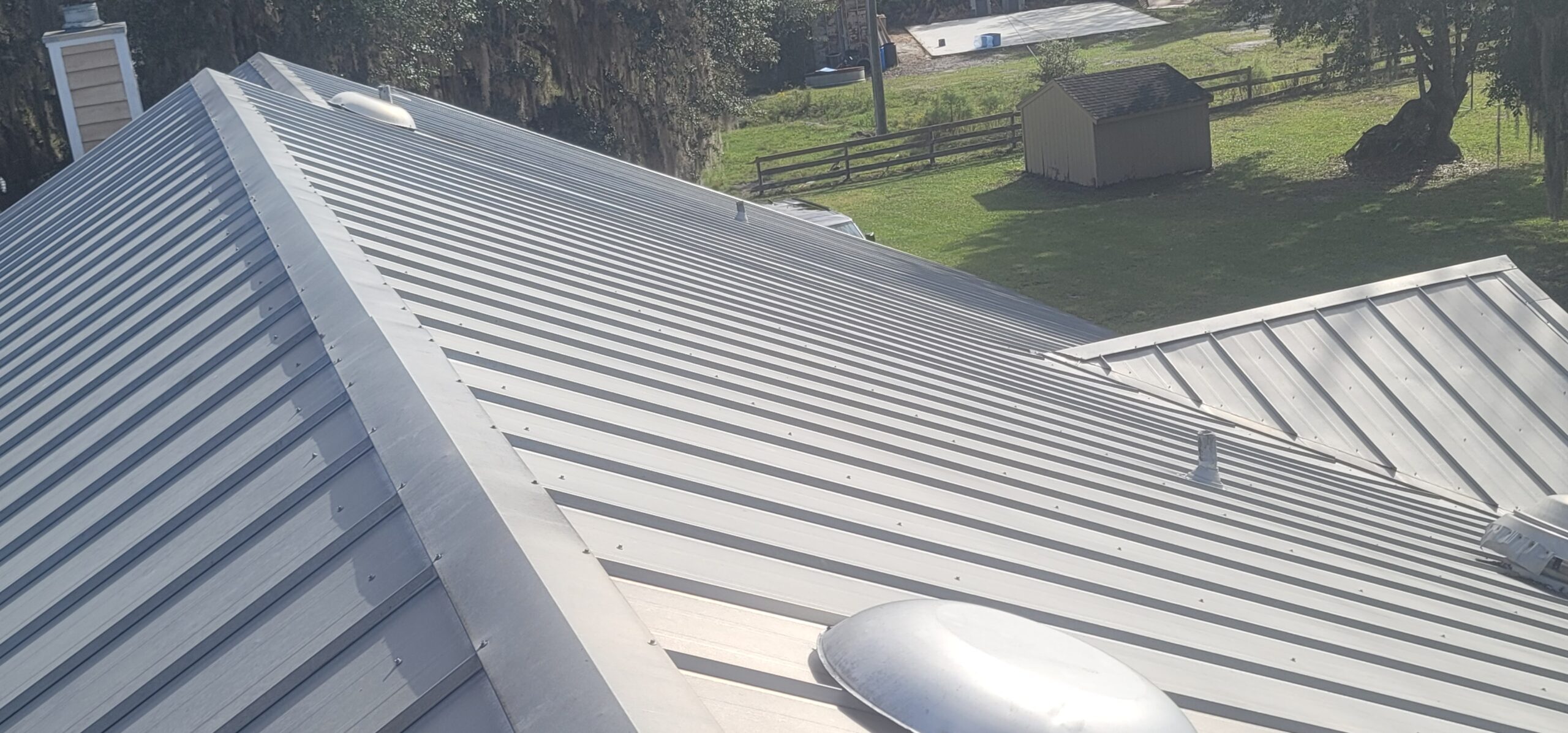
Metal

Tile
Condition of the roof and any defects observed
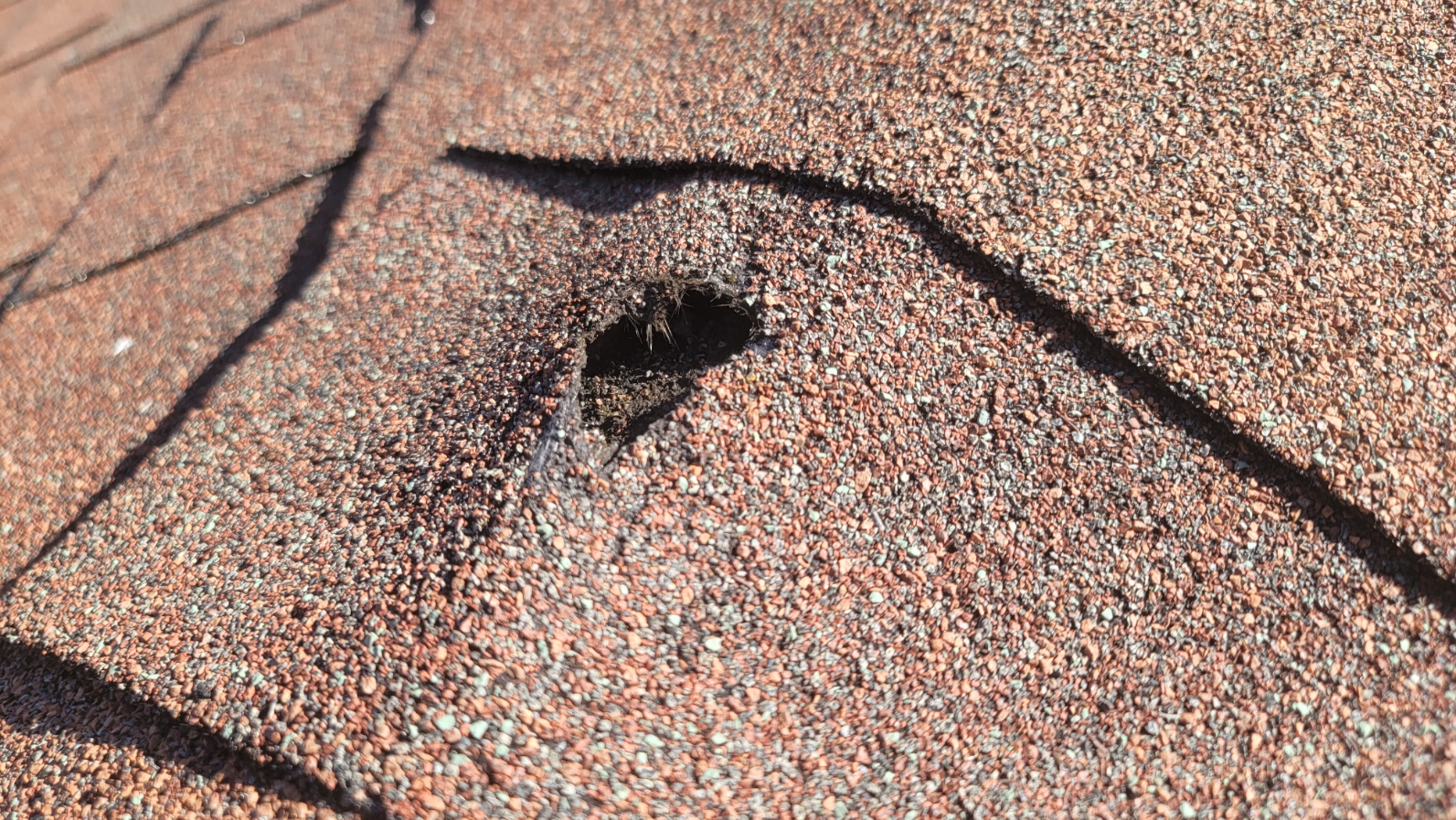
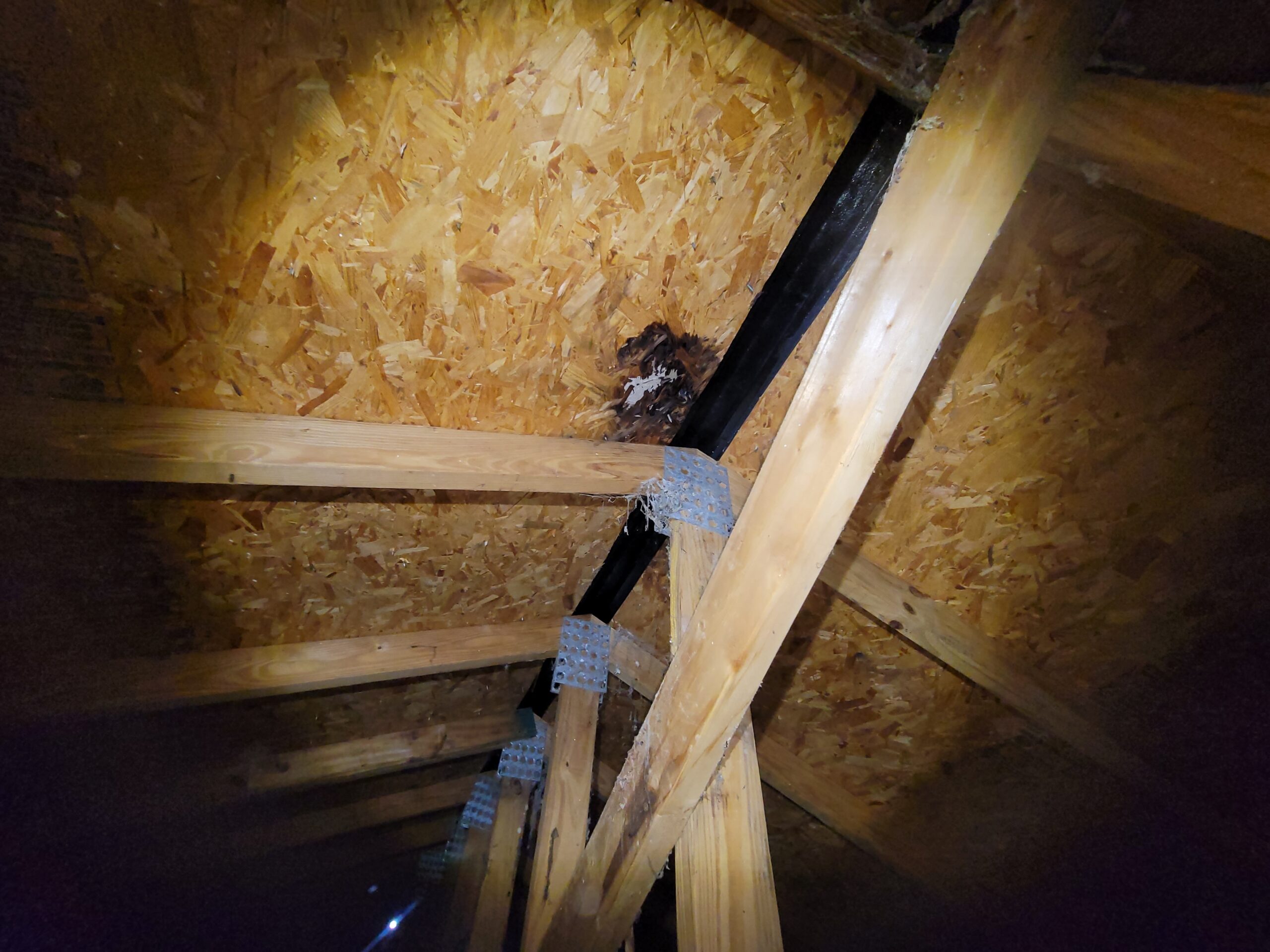

Age of roof which is verified by the most recent county permit or invoice from contractor, Estimated remaining useful life
The roof is the biggest concern to the insurance company as well as the homeowner because the roof is the most expensive component on a four point inspection.
Wrap up
Insurance companies want to make sure they are fully aware of the age and condition of the components in the home. Their goal of the insurance company to minimize risk. Photos must be included with every four point inspection form. Any permits that are on file with the county are included with every four point inspection report. If there are any deficiencies on the four point inspection report the insurance company may require the issues to be repaired or replaced, a larger deductible or higher premium, or deny coverage all together.
The four point inspection report is good for the life of the insurance policy. If you change insurance companies the new insurance company will not honor the previous four point report. If any upgrades are made then a new four point inspection could benefit the home owner.
Private insurance corporations may deny coverage for any significant issues on a four point inspection report. Citizens will insure any homeowner however Citizens Insurance is a last resort insurance company. Citizens is a state backed insurance corporation. A Citizens insurance policy will be more expensive than a private insurance policy. Homeowners should utilize the resources of a non-captive insurance agent or insurance broker before turning to Citizens for homeowners insurance coverage. For a list of insurance brokers we have worked with in the past see our Insurance Brokers page linked below.
